Organizers
-
 Jacob Israelachvili - Innovation in CAI-STEM
Jacob Israelachvili - Innovation in CAI-STEMColloidal Systems
Science of colloids and biocolloidal systems and interactions; interfacial phenomena – surface tension, contact angles, wetting phenomena; and separation technology – hydrophobic/hydrophilic interactions.
-
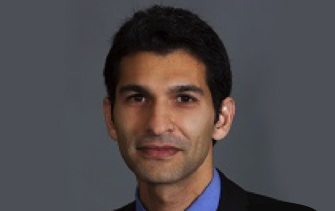 Noshir Pesika - Tulane University
Noshir Pesika - Tulane UniversityInnovation in CAI-STEM
This session is focused on new developments in the area of surface and colloidal science, ranging from the development or improvement of instruments to novel experiments, which provide new scientific insights into colloidal and surface interactions. Examples include advances made in the Surface Forces Apparatus (SFA), Atomic force microscope (AFM), contact angle measuring instruments to extend their capabilities.
-
 Marina Ruths - University of Massachusetts-Lowell
Marina Ruths - University of Massachusetts-LowellDistance and time regimes in CAI-STEM
This session focuses on distance and time aspects of molecular and interfacial interactions in nanoscopic and confined systems. The purpose of the session is to bring together scientists engaged in research on interfacial dynamics of molecules, nanorheological and hydrodynamic aspects, adhesion, friction and lubrication, ageing effects, and history-dependent responses in systems ranging from small molecules to biomolecules and polymers, self-assembling structures, nanoparticle systems, and biomimetic or bioinspired structures in solution or on surfaces. Presentations cover experimental research, theory, and modeling of molecular behavior at different length scales; responses of molecules and structures to confinement and shear; structural design and patterning; and new characterization methods and tools.
-
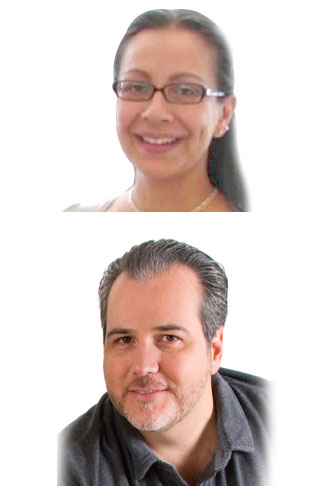 Phaedra Silva - National Autonomous University of Mexico
Phaedra Silva - National Autonomous University of Mexico
Jose Campos Teran - National Autonomous University of Mexico
CAI-STEM in catalysis and reacting surfaces
Colloids and Interfacial phenomena related to Separation Technology and new Materials development using Science, Technology, Engineering, and Mathematical (CAI-STEM)
Catalysis is a very important field in chemistry with more than 90% of chemical-industrial processes involving catalytic reactions at some stage. It plays a key role for a wide range of disciplines concerning processes such as, production of cleaner energy sources, waste streams treatment, oxidation and hydrogenation process in general and removal of chemical compounds; for mentioning a few. In the last decades, catalysis has gain more attention due to their potential to develop more environmentally friendly processes, where heterogeneous catalysis seems to be more friendly than homogeneous catalysis. In order to keep the improvement of catalytic processes one of the requisites is the development of novel catalysts with high activity and selectivity and an easy recovery. This requires a multidisciplinary work where the understanding of the colloids and the interfacial phenomena occurring is fundamental to develop novel surface, bulk, liquid and solid-liquid interface, ex-situ and in-situ, characterization techniques, molecular modeling and deep knowledge of the catalytic processes, advanced methods for the synthesis and recovery of solid catalysts, etc. This session is then aimed to get together experimentalists and theoreticians interested in the dissemination of their latest research results on catalysis and reactive surfaces with specific focus on the use and importance of colloids and interfacial phenomena knowledge in catalysis and reactive surfaces studies; encouraging and promoting the scientific discussion, and dissemination of knowledge as well as the networking and collaboration among different research groups and experts and younger researchers in the field.
-
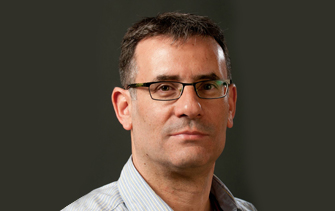 Yuval Golan - Ben-Gurion University of the Negev
Yuval Golan - Ben-Gurion University of the NegevMaterials and Processes
Matter in confined space can be distinctively manipulated to form thin and ultrathin films with unique ordering at the nanoscale. This session will focus on the processing of colloids and nanoparticles into potentially useful arrays in two and three dimensions, with physical properties that arise from their size, composition, shape (most notably, anisotropy) and hierarchical structure.
-
 Sylvia Thomas
Sylvia Thomas
Bridging nano with micro scales in CAI-STEM
This session will focus on how nanostructure translates into macroscopic properties of colloids and interfaces. Papers presented in this session will include synthetic protocols for nanostructures and the scaling up processing of traditional, complex, and new materials. In addition, papers will cover the science, technology, engineering, and mathematics of nanostructured materials and the benefits of such scales into their performance over large dimensional regimes.
-
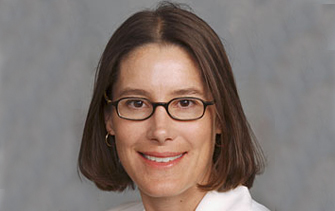 Tonya Kuhl - University of California-Davis
Tonya Kuhl - University of California-DavisStructure and characterization techniques in CAI-STEM
Colloidal and nanoscale phenomena such as adsorption, aggregation, and self-assembly are dictated by surface interactions. This topical session emphasizes structure determination and characterization techniques that inform our understanding of the role of surface and interfacial interactions on dictating the assembled structure. The complexity of surface interactions calls for the application of modern experimental techniques such as atomic force microscopy, surface force apparatus and surface plasmon resonance and development of sophisticated analytical models and computer simulations to gain insights to the thermodynamic origin and kinetics of such interactions. The goal of this symposium is to bring together experimental and theoretical researchers from academia and industry to discuss the challenges in characterization and tailoring of interactions at surfaces and interfaces, understanding their unique properties and applications of gained insights in novel functional materials.
-
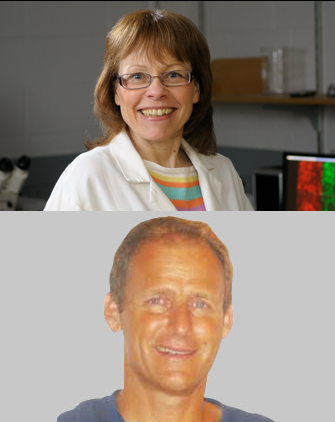 Deborah Leckband - University of Illinois, Urbana-Champaign
Deborah Leckband - University of Illinois, Urbana-Champaign
William Ducker - Virginia Tech
Biomedical applications
This session will focvus on interfacial forces in biology and biomaterials. Talks will address the roles of interfacial forces in surface fouling, biocompatibility, and the circulation times of drug carriers in the blood. In addition to nonspecific adhesion, talks will also focus on the role of specific receptor-ligand forces in the clinic as well as in fundamental biology. Examples of applications include drug targeting, cell capture, cell adhesion, immune recognition, and tissue organization.
-
 Suzanne Giasson - University of Montreal
Suzanne Giasson - University of MontrealIntermolecular forces, adhesion, and tribological properties in CAI-STEM
This symposium will bring together interdisciplinary fields and scientists covering molecular forces, friction, adhesion, lubrication, and wear with experimental and theoretical views that approach these phenomena at the nanoscale level. The attendance will offer an opportunity to discuss the future directions of this whole area. The different topics covered by this symposium include:
-correlating molecular interactions with adhesion, friction and wear at the nanoscale level
- contact and noncontact using macroscopic tribometers, SFA, AFM and other techniques
- friction between different materials at nanoscale level.
- tribology of confined molecules under shear, and of solid/liquid interfaces
- macroscopic tribology: granular media, earthquakes, fracture, plasticity
- Trends in experimental, theoretical and computational tribology and nanotribology approaches
-
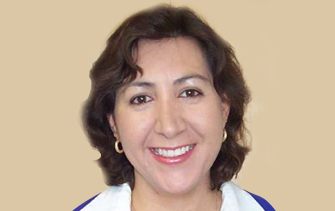 Norma Alcantar - University of South Florida
Norma Alcantar - University of South FloridaFrontiers in science inspired by CAI-STEM
Colloids and Interfaces in science, technology, engineering and mathematical systems are driven by intermolecular forces, which provide their ability to organize and to exhibit properties that direct their application. This symposium is opened for papers related to far-reaching scientific knowledge and a range of technologies in CAI-STEM in areas such as healthcare, energy, device design, system design and architecture, manufacturing, chemical systems, environmental system integration and education.
-
 Jarek Majewski - Los Alamos National Lab and UC-Davis
Jarek Majewski - Los Alamos National Lab and UC-DavisNovel instrumentation to characterize surface forces, colloidal systems and interfaces
This session will be dedicated to discuss novel concepts in instrumentation used to characterize surface forces, colloidal systems and interfaces under static (confinement) and dynamic (shear) conditions.
